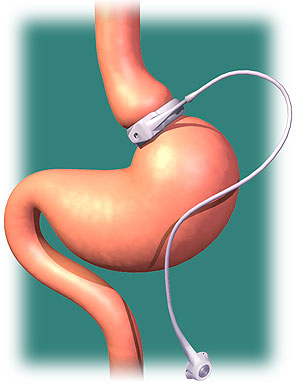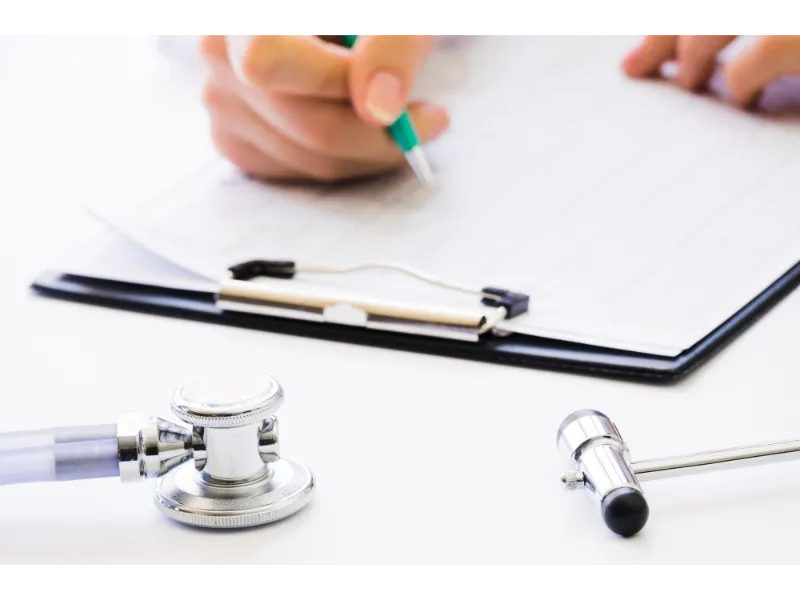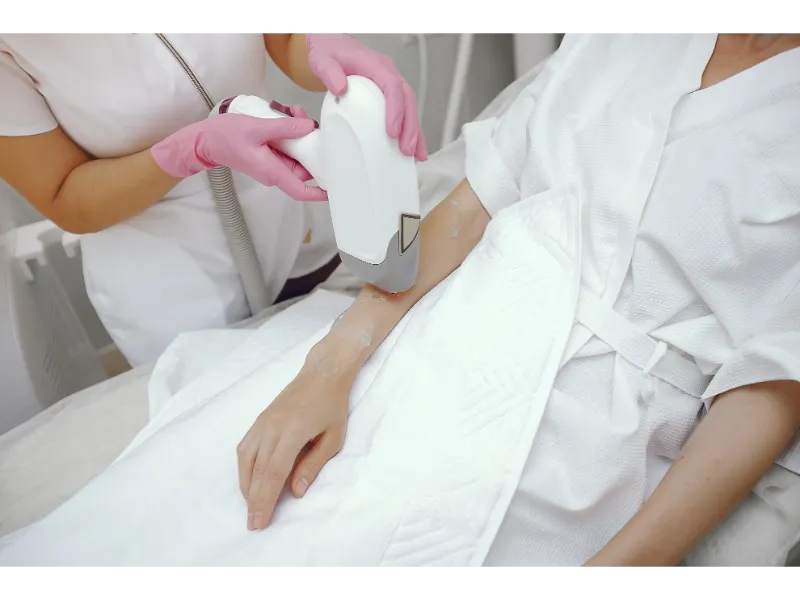Lap Band Surgery
Lap Band Surgery for Weight Loss
The Lap Band is an adjustable gastric band that has proven to show success in helping overweight people reach their weight loss goals. The Lap Band is most ideal for those that have atleast a 30 BMI.
Is the Lap Band right for me?
Lap Band is an extremely effective means of surgical weight loss, but that doesn’t mean that everyone who’s obese qualifies for the procedure. If your considering Lab Band, it is important to know the criteria and if you qualify for the surgery. Lab Band may be the right solution for you if you meet all of these criteria:
- You are at least 18 years old
- You have been considered overweight for five years or more
- Your body mass index is 40 or higher, you are 100 pounds or more overweight, or you weight two times as much as your ideal weight
- Your body mass index is 35 or higher and have at least one major health condition related to obesity
- Your body mass index is 30 and you plan on paying privatly
- You have never had long term success in your attempts to lose weight
- You have no other medical conditions that would cause obesity
- You do not drink an excessive amount of alcohol
- You are prepared and ready to make significant changes to your lifestyle and eating habits
- You are willing to continue following through with your weight loss journey by working with your specialist

THE LAP BAND MAY NOT BE RIGHT FOR YOU IF YOU ARE EXPERIENCING ONE OF THE FOLLOWING:
- Inflammatory disease or any type of gastrointestinal tract condition such as Crohns disease, severe esophagitis, or ulcers
- You have severe lung or heart disease that does not make you eligible for any type of surgery
- You have other types of disease that does not make you eligible for any type of surgery
- You have a condition that may cause bleeding in the stomach or esophagus such as gastric or esophageal varices, also known as a dilated vein, or acquired or congenital intestinal telangiectasia, also known as a dilated small blood vessel.
- You have hypertension
- You have abnormalities in your stomach, esophagus, or intestine such as narrow openings.
- You have or have had some type of gastric injury that could not be operated on
- You have cirrhosis or chronic pacreatitis
- You are pregnant (if you become pregnant after the Lap-Band has been put in place it may to be deflated at some point)
- You are an addict of drugs or alcohol
- You are under the age of 18
- You are on long-term steroid treatments
- You have an infection in your body or have an infection that could potentially contaminate the incision area
- You refuse to or can’t follow dietary plans involved after the procedure has been done
- You are unable to handle pain from implanted device
- You or a family member has any type of autoimmune connective tissue disease or if you have symptoms of these diseases
What the Lap Band Procedure Entails
The Lap Band has become one of the most popular types of semi non-invasive types of weight loss surgery. The procedure is less invasive, has fewer risks than most of the other weight loss surgeries, and has a quicker recovery period. There are no incisions or stomach stapling involved which is why it has been proclaimed as one of the safest forms of weight loss surgeries in the world. Most individuals who have undergone this procedure are back to their normal routines in about one week.
How is the Lap Band Procedure Done?
Typically a Lap Band is done laparoscopically using general anesthesia. The surgeon uses a long, thin instrument that is inserted into several small incisions approximately 1 cm in length. The procedure is done on an outpatient basis and takes about one hour to complete from start to finish.
The first step in this procedure requires the surgeon to implant the Lap Band to the top part of the stomach. A tube is then hooked on from the Lap Band to an access port and is fixed under the skin of the abdominal area. After approximately four to six weeks, the surgeon will adjust the Lap Band through the access port. Throughout the first year this is more frequently done to help maximize weight loss efforts and then after the first year adjustments are made as needed by either adding or draining saline solution.








